-
Welcome to BirdForum, the internet's largest birding community with thousands of members from all over the world. The forums are dedicated to wild birds, birding, binoculars and equipment and all that goes with it.
Please register for an account to take part in the discussions in the forum, post your pictures in the gallery and more.
namibia
-

Female Northern Black Korhaan on the Edges of the Kalahari
Female Northern Black Korhaan, Namibia June 2013- Andy Hurley
- Media item
- afrotis afraoides namibia northern black korhaan
- Comments: 1
- Category: Africa
-
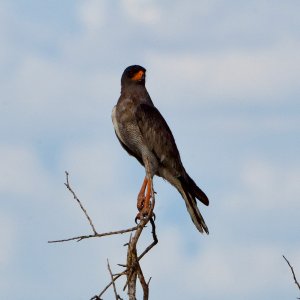
Southern Pale Chanting Goshawk
- Vakis
- Media item
- etosha national park melierax canorus namibia southern pale chanting goshawk
- Comments: 3
- Category: Africa
-
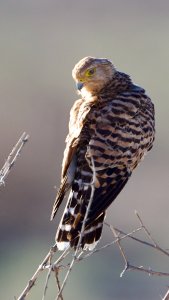
Greater Kestrel
- Vakis
- Media item
- etosha national park falco rupicoloides greater kestrel namibia
- Comments: 1
- Category: Africa
-
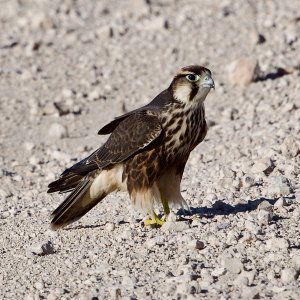
Lanner Falcon
- Vakis
- Media item
- etosha national park falco biarmicus lanner falcon namibia
- Comments: 3
- Category: Africa
-
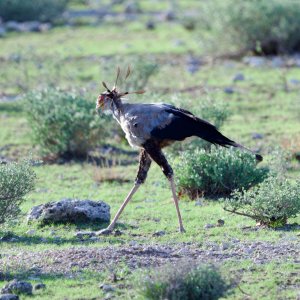
Secretarybird
- Vakis
- Media item
- etosha national park namibia sagittarius serpentarius secretarybird
- Comments: 4
- Category: Africa
-
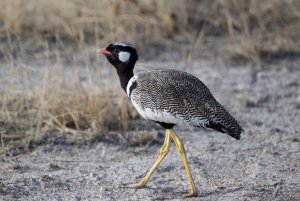
Northern Black Korhaan / White-quilled Bustard
- Vakis
- Media item
- afrotis afraoides etosha np namibia northern black korhaan white-quilled bustard
- Comments: 4
- Category: Africa
-
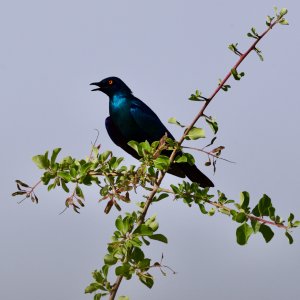
Cape Glossy Starling
- Vakis
- Media item
- cape glossy starling cape glossy starling - lamprotornis nitens etosha np lamprotornis nitens namibia
- Comments: 2
- Category: Africa
-
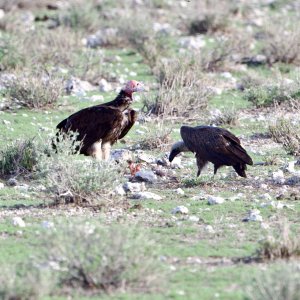
Sharing a meal!
A Lappet-faced Vulture and a White-backed Vulture sharing a meal- Vakis
- Media item
- etosha np lappet-faced vulture namibia white-backed vulture
- Comments: 2
- Category: Africa
-
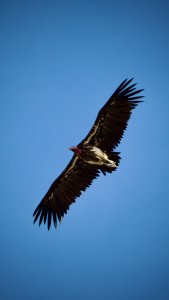
Lappet-faced Vulture
- Vakis
- Media item
- etosha np lappet-faced vulture namibia
- Comments: 3
- Category: Africa
-
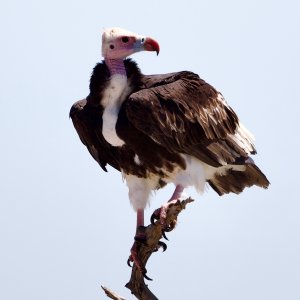
White-headed Vulture
- Vakis
- Media item
- etosha np namibia white-headed vulture
- Comments: 6
- Category: Africa
-

Namaqua Dove
This distinctive species ranges throughout southern Africa where it is said to be common in more arid areas. However, we only saw a few on our recent trip. The black face and bib are found only on adult males. It is Africa's smallest dove and is the sole member of the genus "Oena"...- jmorlan
- Media item
- namaqua dove namibia oena capensis
- Comments: 3
- Category: Africa
-

African Pied Wagtail
Wagtails are largely terrestrial birds, famous for pumping their tails and bobbing their heads as they forage, often lurching into the air after flying insects. Although it was winter in Namibia, this male had a territory on the grounds of the lodge which it defended with a long, varied tinkling...- jmorlan
- Media item
- african pied wagtail motacilla aguimp namibia
- Comments: 5
- Category: Africa
-

Capped Wheatear
These handsome, upright birds are active, flamboyant and easy to see. The name "wheatear" appears to be corruption of "white rear," named for the conspicuous white base to their tail. The species ranges throughout southern Africa in arid flat grasslands. Three races are recognized. This is the...- jmorlan
- Media item
- capped wheatear namibia oenanthe pileata
- Comments: 2
- Category: Africa
-

Greater Blue-eared Starling
Showing the namesake blue auriculars, this species closely resembles the more widespread Cape Glossy Starling which lacks the deep blue on the face and belly. They also have very different vocalizations. Sometimes dubbed Greater Blue-eared Glossy-Starling, four subspecies are recognized...- jmorlan
- Media item
- greater blue-eared starling lamprotornis chalybaeus namibia
- Comments: 3
- Category: Africa
-

Brown-hooded Kingfisher
This species seems to have adapted well to parks and gardens, often being seen well away from water. Adult males have a solid black back, while females and immatures have a lighter or more brownish colored back which does not contrast with the head. The dark tip to the bill suggests that this...- jmorlan
- Media item
- brown-hooded kingfisher halcyon albiventris namibia
- Comments: 2
- Category: Africa
-
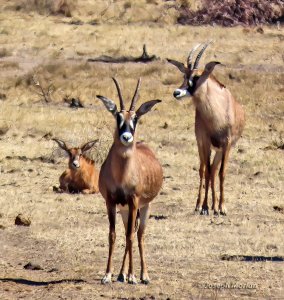
Roan Antelope (Hippotragus equinus)
Considered endangered locally in South Africa but overall "least concern" by IUCN. This is the nominate race, often called Southern Roan Antelope. They are one of the largest of the antelopes easily recognized by their distinct black and white face pattern. Only male have horns.- jmorlan
- Media item
- hippotragus equinus namibia roan antelope
- Comments: 0
- Category: Wild Mammals
-
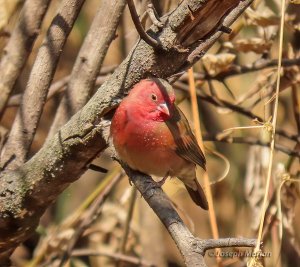
Red-billed Firefinch
This is a male which was skulking at the weedy edge of the grounds. Females are mostly brown with a pink patch between the eye and bill. Firefinches are members of the Estrellid or Waxbill family Estrildidae. This is the paler southern race "L. s. rendalli" with reduced red on its body.- jmorlan
- Media item
- lagonosticta senegala namibia red-billed firefinch
- Comments: 3
- Category: Africa
-
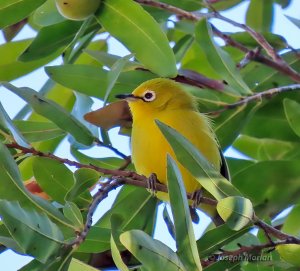
Southern Yellow White-eye
Three races are currently recognized. Ours is the brighter more richly colored nominate subspecies. Formerly called African Yellow White-eye and lumped with the Northern Yellow White-eye "Z. senegalensis." Jumpy and hard to photograph, white-eyes had been placed in the Babbler family...- jmorlan
- Media item
- namibia southern yellow white-eye zosterops anderssoni
- Comments: 5
- Category: Africa
-
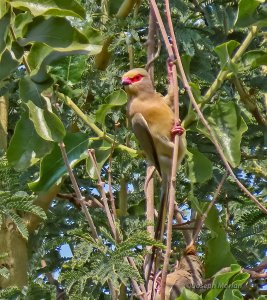
Red-faced Mousebird
Mousebirds are placed in their own order, the Coliiformes. They have been called "living fossils" because their lineage includes the last survivors of a much larger and more diverse group of birds that lived during the late Paleogene and Miocene. Notice the soft hairlike body feathers suggesting...- jmorlan
- Media item
- namibia red-faced mousebird urocolius indicus
- Comments: 2
- Category: Africa
-
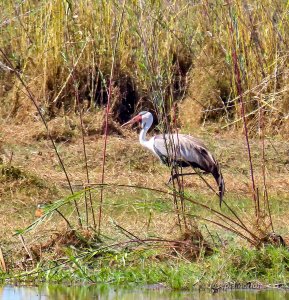
Wattled Crane
With a declining world population of fewer than 8,000 mature birds, the Wattled Crane is listed as "vulnerable" by IUCN. This crane gets its name from the large white wattles hanging from its chin. As in other crane species the elongated tertials hang over the tail like a bustle. Formerly...- jmorlan
- Media item
- bugeranus carunculatus namibia wattled crane
- Comments: 2
- Category: Africa
-
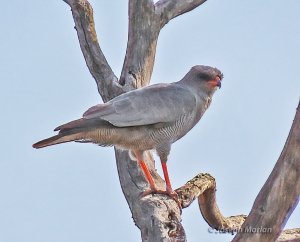
Dark Chanting Goshawk
This is an adult. There are a number of similar species. The dark wing panel helps distinguish it from the Pale Chanting-Goshawk (Melierax canorus). This photo also shows the densely barred undertail coverts which help distinguish it from the smaller Gabar Goshawk (Micronisus gabar). Five...- jmorlan
- Media item
- dark chanting goshawk namibia
- Comments: 3
- Category: Africa
-
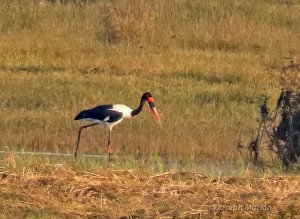
Saddle-billed Stork
Locally distributed, shy, and generally uncommon, we were fortunate to see this tall, spectacular species. In South Africa, they are considered endangered. This was one of a pair. The dark iris suggests it is a male. Females are similar but have yellow eyes.- jmorlan
- Media item
- ephippiorhynchus senegalensis namibia saddle-billed stork
- Comments: 3
- Category: Africa
-
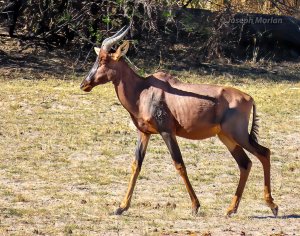
Tsessebe (Damaliscus lunatus)
This nominate race is usually called "Common Tsessabe." The northern population is sometimes called "Topi." The two differ in subtle differences in horn shape. The southern ones, such as this have the horn tips spreading apart more from each other recalling a Hartebeest.- jmorlan
- Media item
- damaliscus lunatus namibia tsessebe
- Comments: 0
- Category: Wild Mammals
-
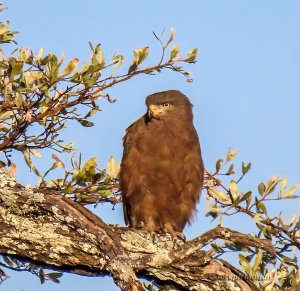
Banded Snake-Eagle
I stumbled across this scarce, powerful raptor on the grounds of our lodge while our guide was away. I mistakenly assumed it was just another Brown Snake-Eagle but when I showed the picture to our guide he got very excited. Its chunky shape, flat head and yellow cere are key differences between...- jmorlan
- Media item
- banded snake-eagle circaetus cinerascens namibia
- Comments: 4
- Category: Africa
-
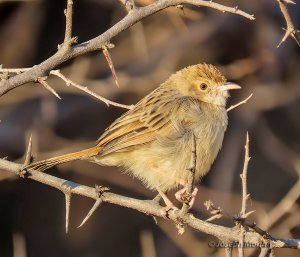
Rattling Cisticola
Cisticolas are notoriously tricky to identify. This is the most common species in this area, identified by a combination of rufous cap, streaked back, lack of obvious rusty wing-panel, range, habitat, and voice. As always, corrections welcome. Seventeen subspecies currently recognized, but...- jmorlan
- Media item
- cisticola chiniana namibia rattling cisticola
- Comments: 2
- Category: Africa



